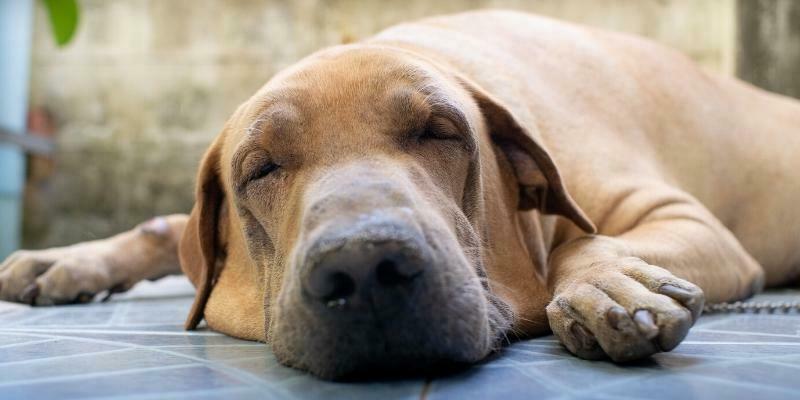Dog weight loss 101
Uh oh, your dog’s body weight has crept up… Unfortunately, being overweight can predispose pets to joint injuries, breathing problems, heart issues and some cancers.
But don’t worry – we’re here to help, starting with some tips for healthy, gradual weight loss in dogs.
Determine your dog’s weight loss target
If your dog is generally healthy and only mildly overweight, we’d recommend determining their current body condition score (BCS), and then implementing their weight loss program, reassessing them every week or two until they’re at their ideal condition.
If you’re feeling unsure, or if your dog is significantly overweight or has pre-existing health issues, we’d recommend a consultation with one of our vets for further assessment and advice. Some pets may require adjustments in their dietary or exercise plans to ensure they lose weight safely, with no risk of injury or nutritional deficiency.
Adjust their diet
Mildly overweight pets may be able to lose weight with adjustments to their regular diet, such as cutting out most treats and any unhealthy table scraps, and reducing their meal portions by 10-20%.
Significantly overweight pets are generally best switched to a prescription weight loss diet. Not only do these diets provide helpful staged feeding guides, but they also help ensure that your pet will not suffer any nutrient deficiencies or excessive feelings of hunger whilst their calories are being restricted.
Encourage regular, appropriate exercise
Whilst weight loss will largely rely on your pet’s diet, regular healthy exercise is important for keeping their metabolism chugging, and helping them to maintain strong muscle support.
Gentle-to-moderate intensity, low impact daily exercise (such as walking or wading in shallow water) is safest. If your pet is panting heavily, stop them for a rest and offer water. Avoid exercising your pet in hot or humid conditions, as this puts them at risk of heat stress.
What your dog loses in grams, they’ll gain in health and vitality!

